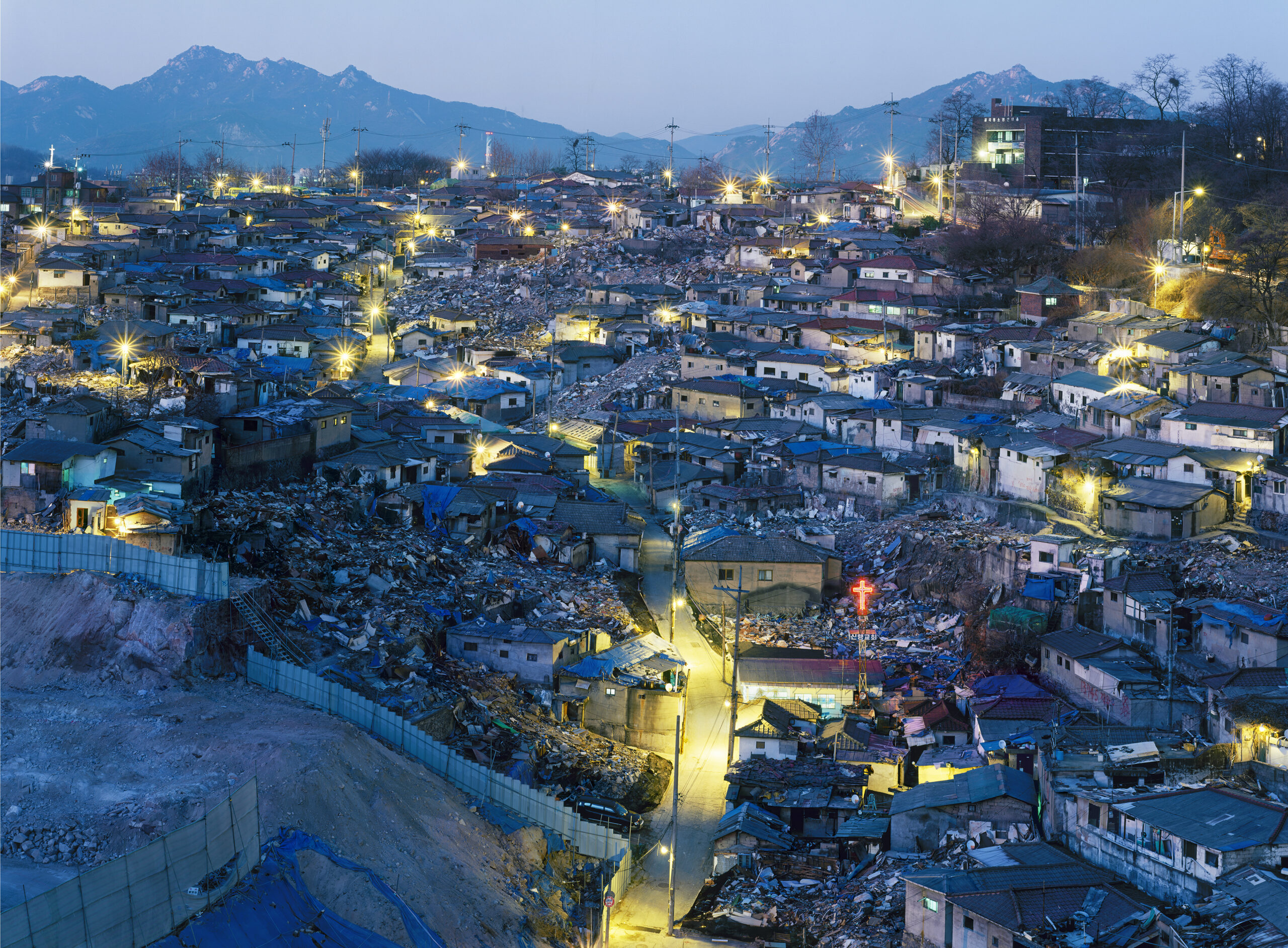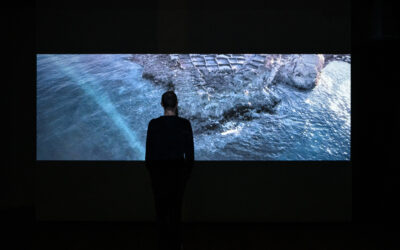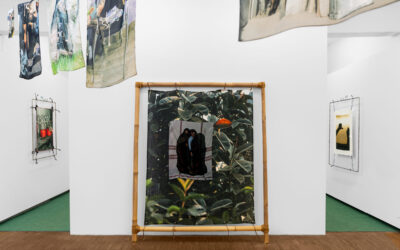Shifts in Time
The Shape of Time: Korean Art after 1989 is an exhibition that focuses on the vibrant and complex world of South Korean art since the late 1980s. During this period, South Korea underwent significant political and societal changes, transitioning from a military dictatorship to a legitimate democracy and opening itself to international engagement.
The exhibition showcases the work of 28 Korean artists, all born between 1960 and 1986, who explore various themes, including conformity, displacement, gender and sexuality, coexistence, and dissonance, offering viewers a deeper understanding of South Korea, its history, and its culture.
One such work, Do Ho SUH’s, “Seoul Home/Seoul Home/ Kanazawa Home/Beijing Home/Pohang Home/ Gwangju Home/Philadelphia Home,” is a significant piece characterised by its unique concept and materials. Created using pale green translucent silk organza, a fabric traditionally used to make hanbok, which are traditional Korean garments crafted with time-honoured sewing techniques. Suh’s idea behind this artwork is to convey the concept that a Korean house should embody the essence of Korean dress, connecting the themes of home and culture. The artwork evokes strong feelings of nostalgia and a longing to return home, emphasizing the idea that the past and its memories cannot be fully recaptured. Do Ho Suh created this “portable home” as a means of coping with his feelings of loss and nostalgia after leaving South Korea. It serves as a source of comfort and a reminder of home wherever he goes, highlighting the concept that home can be everywhere and nowhere, emphasizing its infinite portability and transportability.


In the Portrait of the King Series, 2007-8, Donghyun SON portrays Michael Jackson (the “King of Pop”) using painting techniques historically reserved for rulers of the Joseon dynasty. Son expands the traditional role of portraiture to reverentially depict a contemporary pop icon in a way that reflects the zeitgeist of the late 20th century US, blending the past with an ever-changing present that is further complicated by Jackson’s divisive legacy.
In What you see is the unseen/Chandeliers for Five Cities, Kyungah HAM underscores the ongoing tension between North and South Korea by attempting direct communication across the DMZ. Through covert back channels, Ham’s contacts smuggled the plans for her impressive, oversized embroideries into North Korea to be hand-stitched by highly skilled artisans there. The precariously hung chandeliers both reflect the Korean Peninsula’s historic instability and represent the foreign powers responsible for its division, which Ham and her collaborators take great risks to attempt to overcome.
The Shape of Time: Korean Art after 1989, presenting and introducing new voices that have experienced this pivotal place and time in history firsthand is on view until February 11, 2024 at the Philadelphia Museum of Art.


Words by Fabzirio Mifsud Soler
Images:
What you see is the unseen / Chandeliers for Five Cities (detail), 2015, by Kyungah Ham (b. 1966), collection of the artists, photo by Kim Hyunsoo
Disappearing Lights of Weolgok-dong I, 2006, AHN Sekwon (b. 1968), Digital C-print, collection of the artist
From the series Left face, 2006–present, Heinkuhn OH (b. 1963), archival pigment print, collection of the artist
Portrait of the King, 2007–8 (detail), Donghyun SON (b. 1980), Ink and colors on paper mounted over wood panel, collection of the artist
Seoul Home_Seoul Home_Kanazawa Home_Beijing Home_Pohang Home_Gwangju Home_Philadelphia Home, 2012–present, Do Ho SUH (b. 1962), Private Collection. View Two
Be part of our
community
Explore art, photography and design that inspires you. Discover new artists,
follow your favorites and connect with the creative community.
Huma Bhabha: Ambiguous Otherness
With her first monographic exhibition in a French institution, Huma Bhabha seamlessly weaves together diverse eras, materials, and iconic forms to create thought-provoking works that explore anthropomorphic and hybrid presences.
Small Amnesias – Kunsthalle Neuwerk
Explore ‘Small Amnesias’ at Kunsthalle Neuwerk, an evocative exhibition by Maltese artist Vince Briffa. Immerse in a unique blend of video art and soundscapes that echo Malta’s rich heritage, expertly curated by Nina Maier. A sensory journey of memory, identity, and place
Reevaluating Western Perspectivism
Dev Dhunsi, a Norwegian-Indian multidisciplinary artist and photographer based in Stockholm is currently presenting his inaugural solo exhibition at MELK, Oslo. “Encircling Stories” features images captured during Dhunsi’s seven-year exploration, spanning from Punjab to Goa, traversing diverse regions of India by train. The exhibition reveals evolving relationships with land, highlighting the complexities of a region undergoing agricultural challenges, monoculture threats, and dispossession.
Powered by
Publications
Social
Legal



